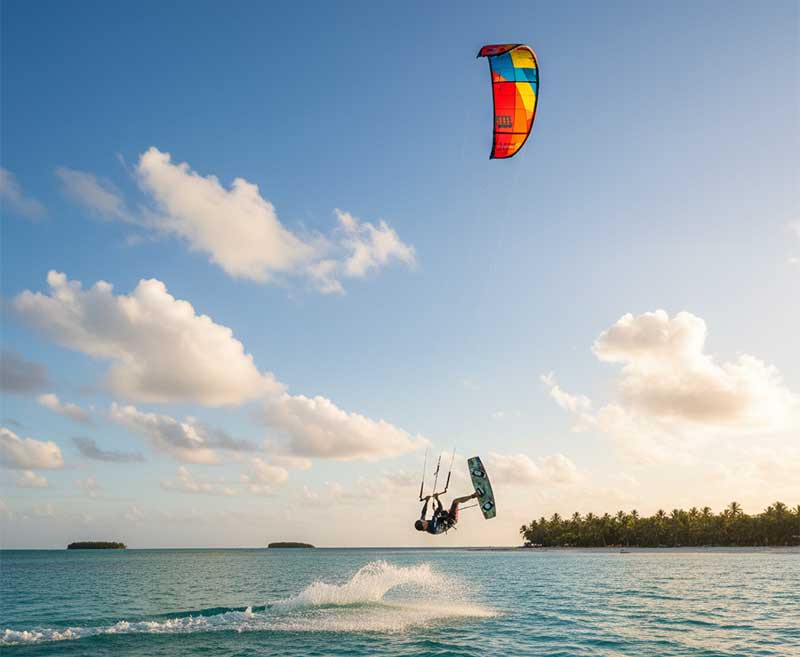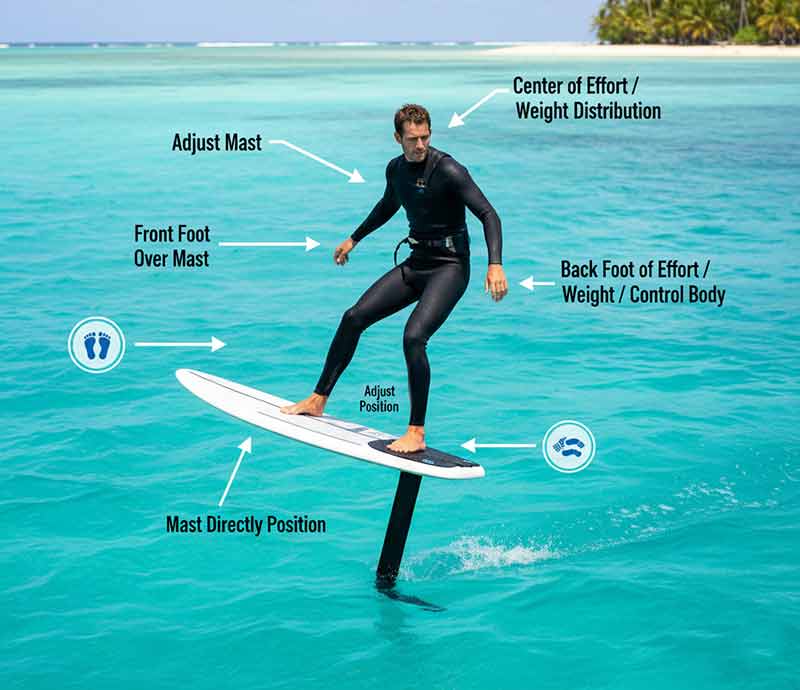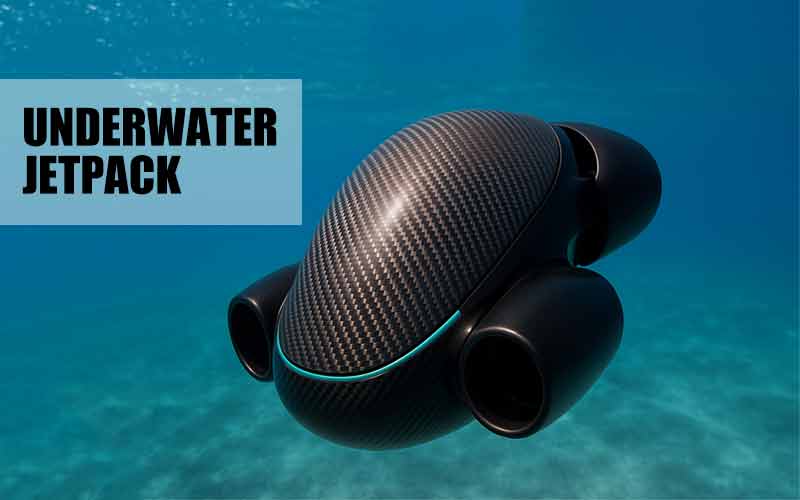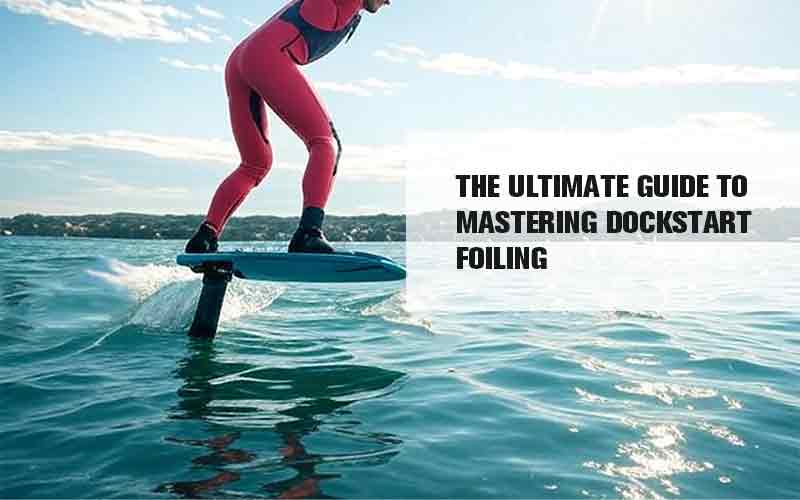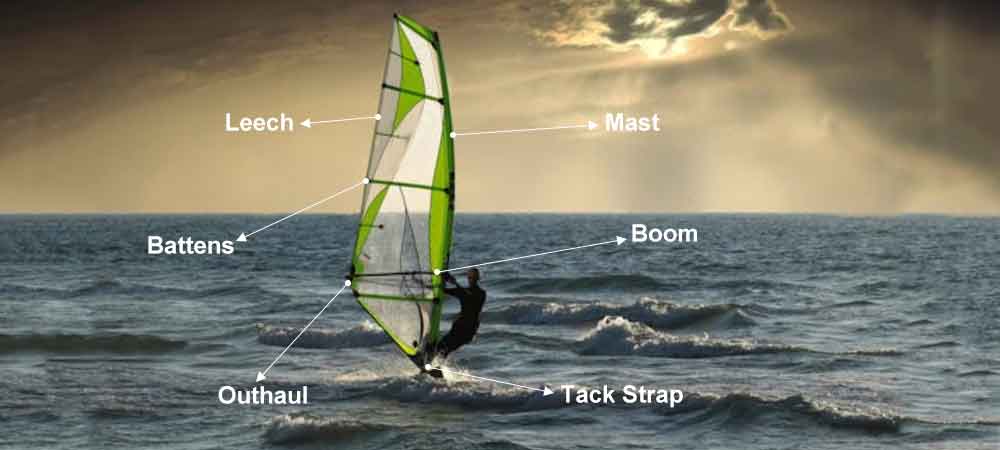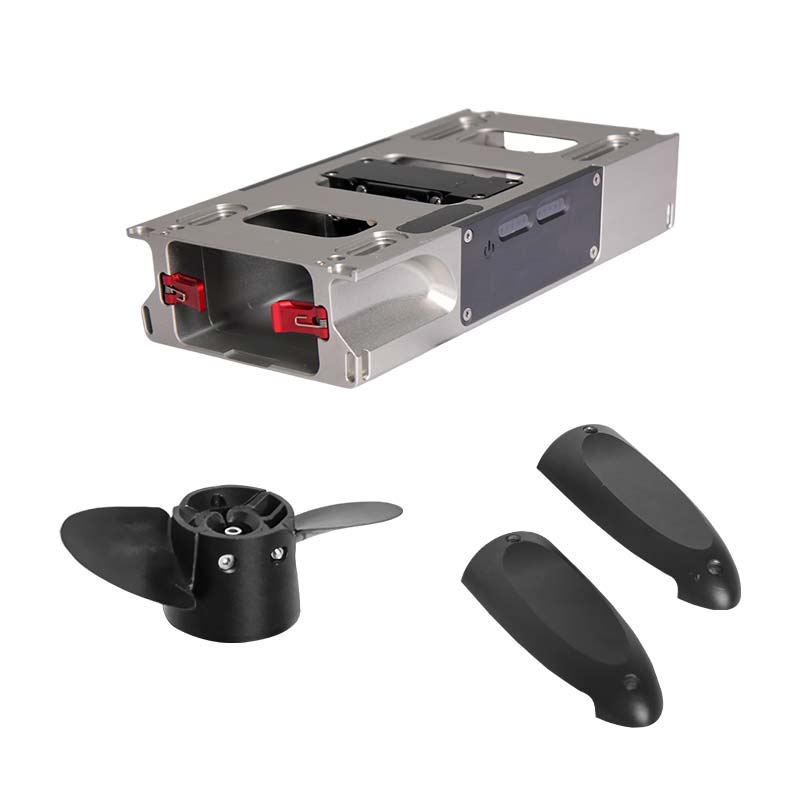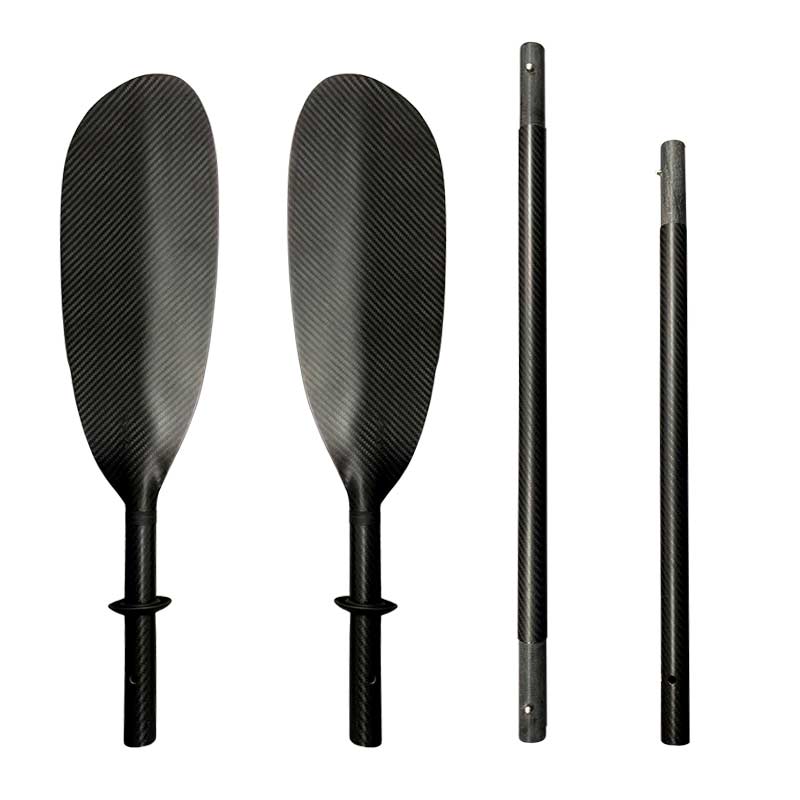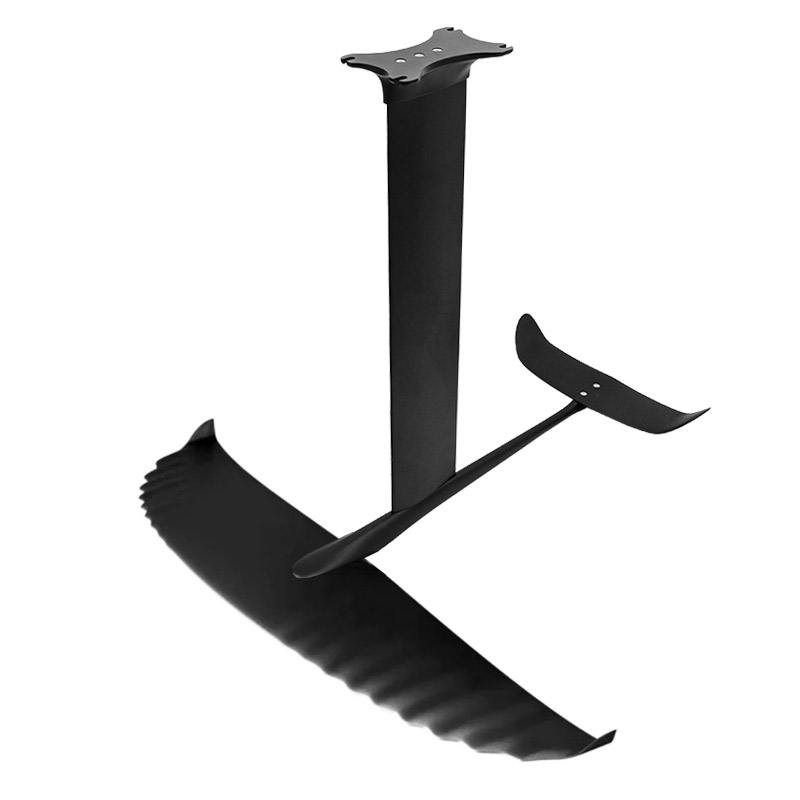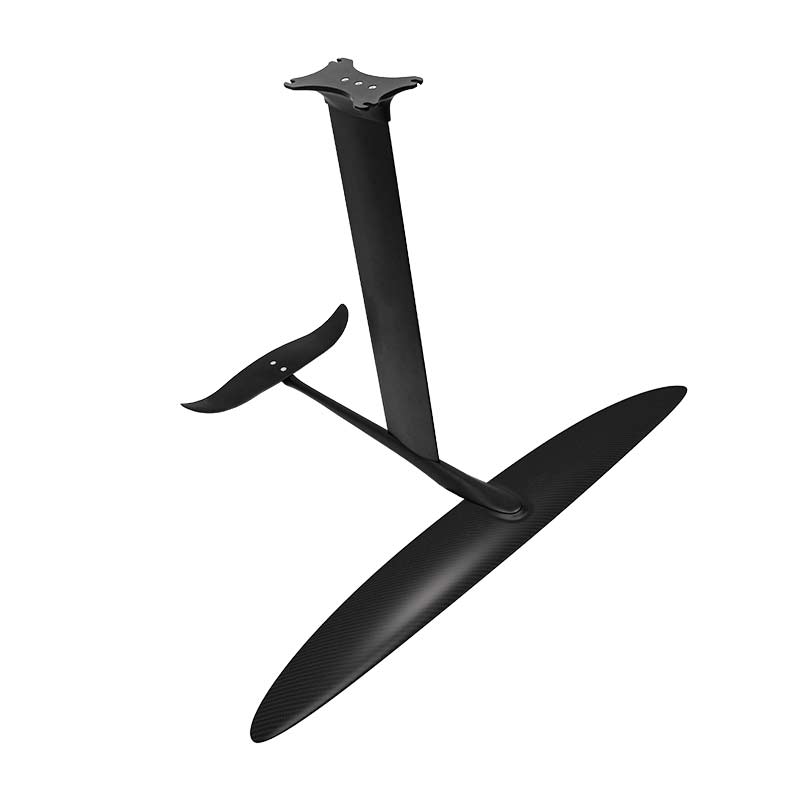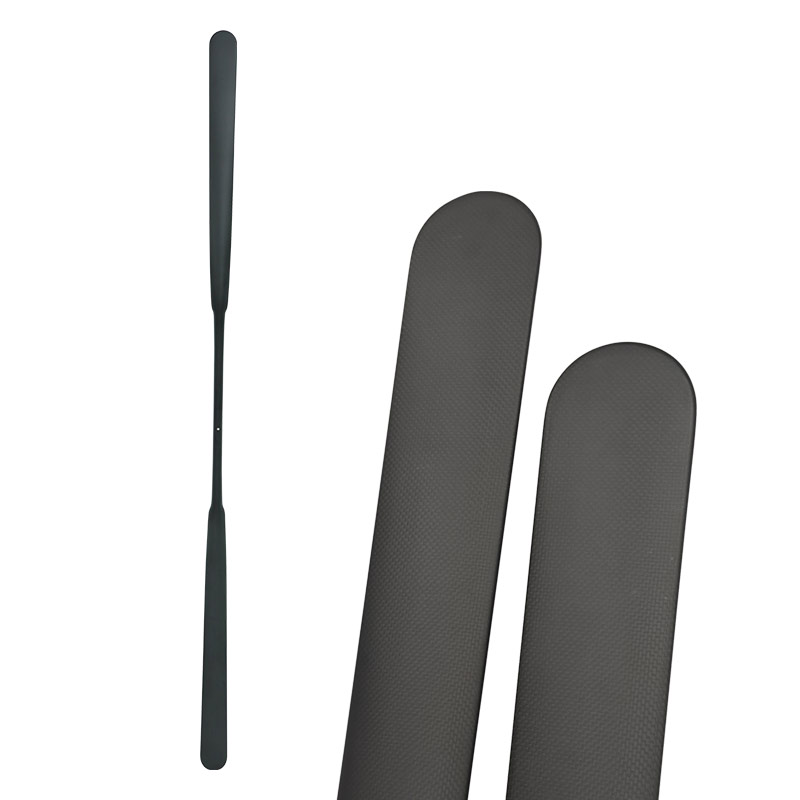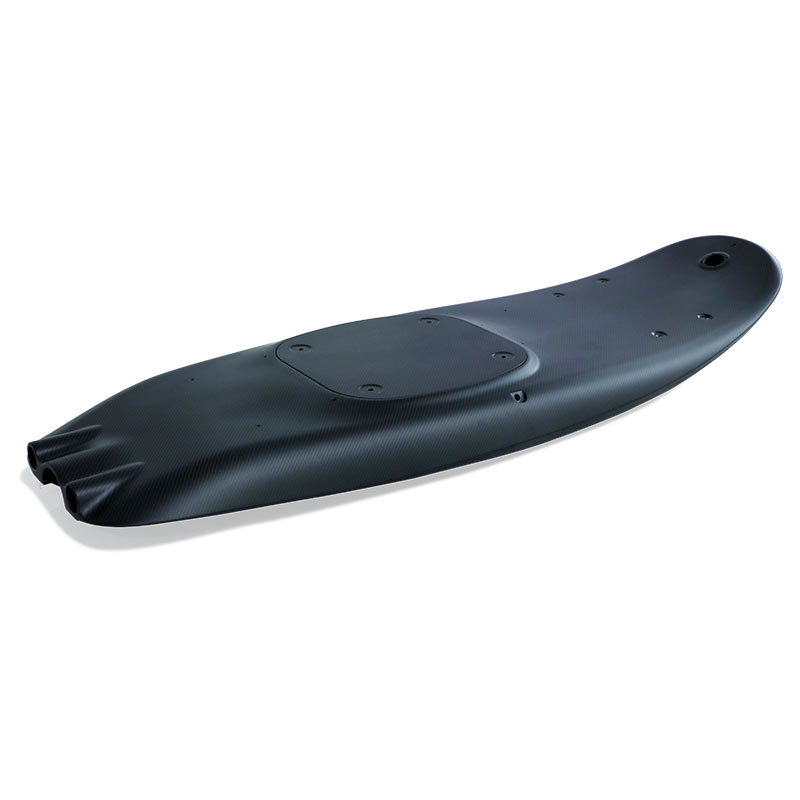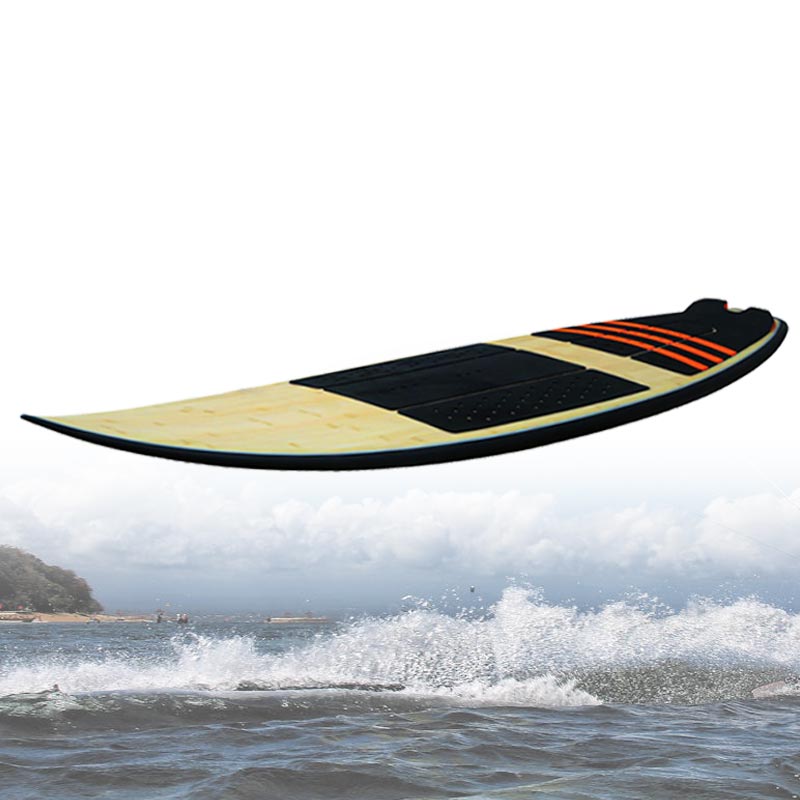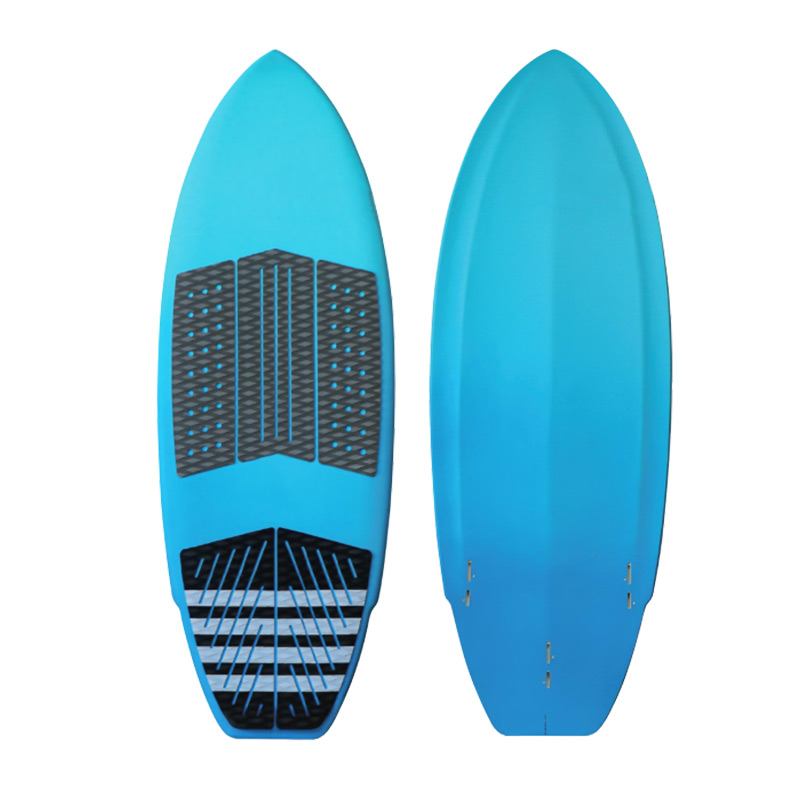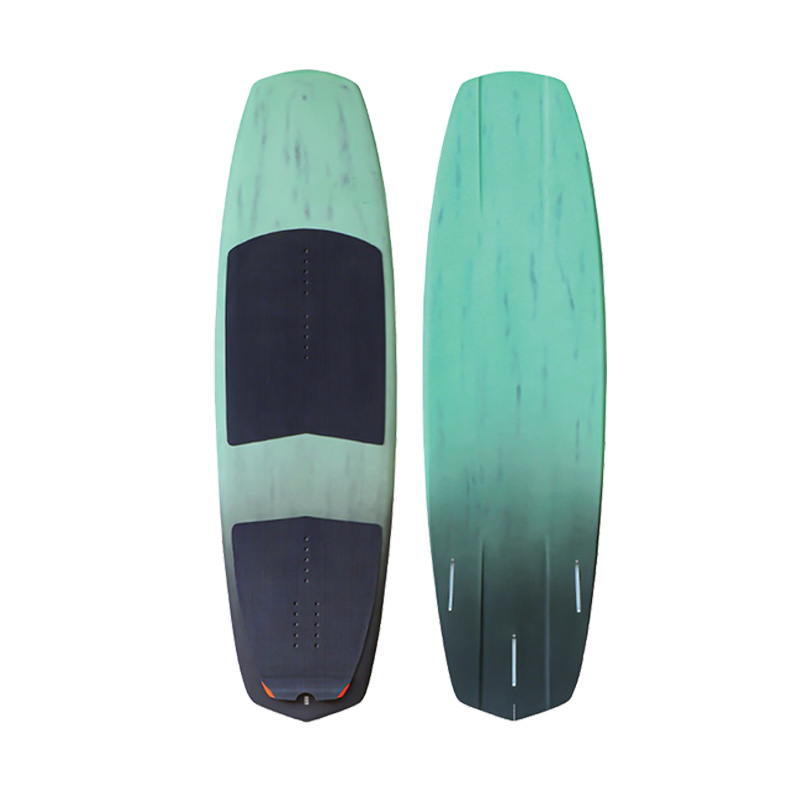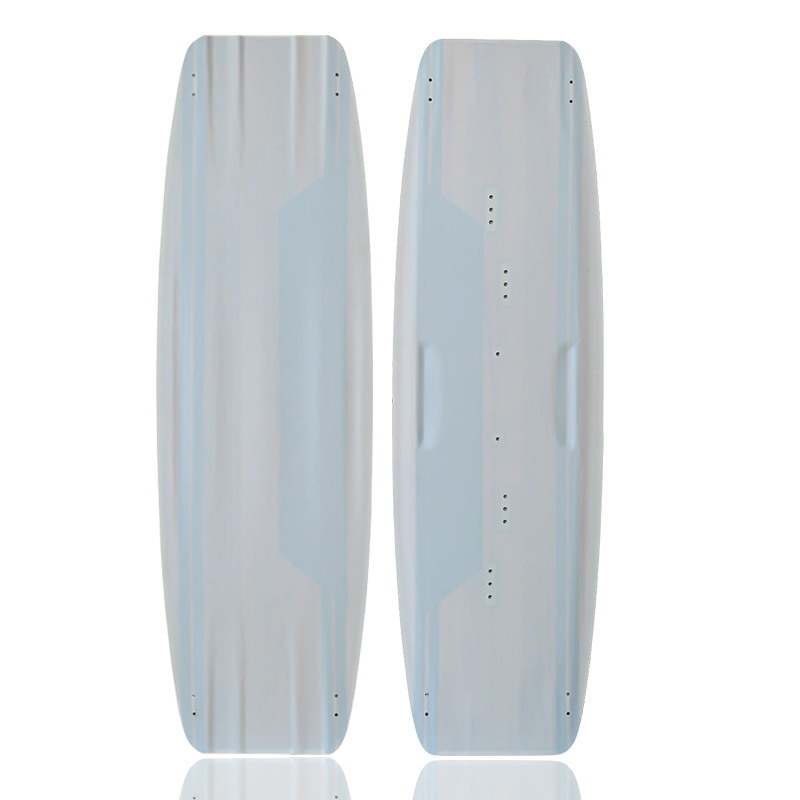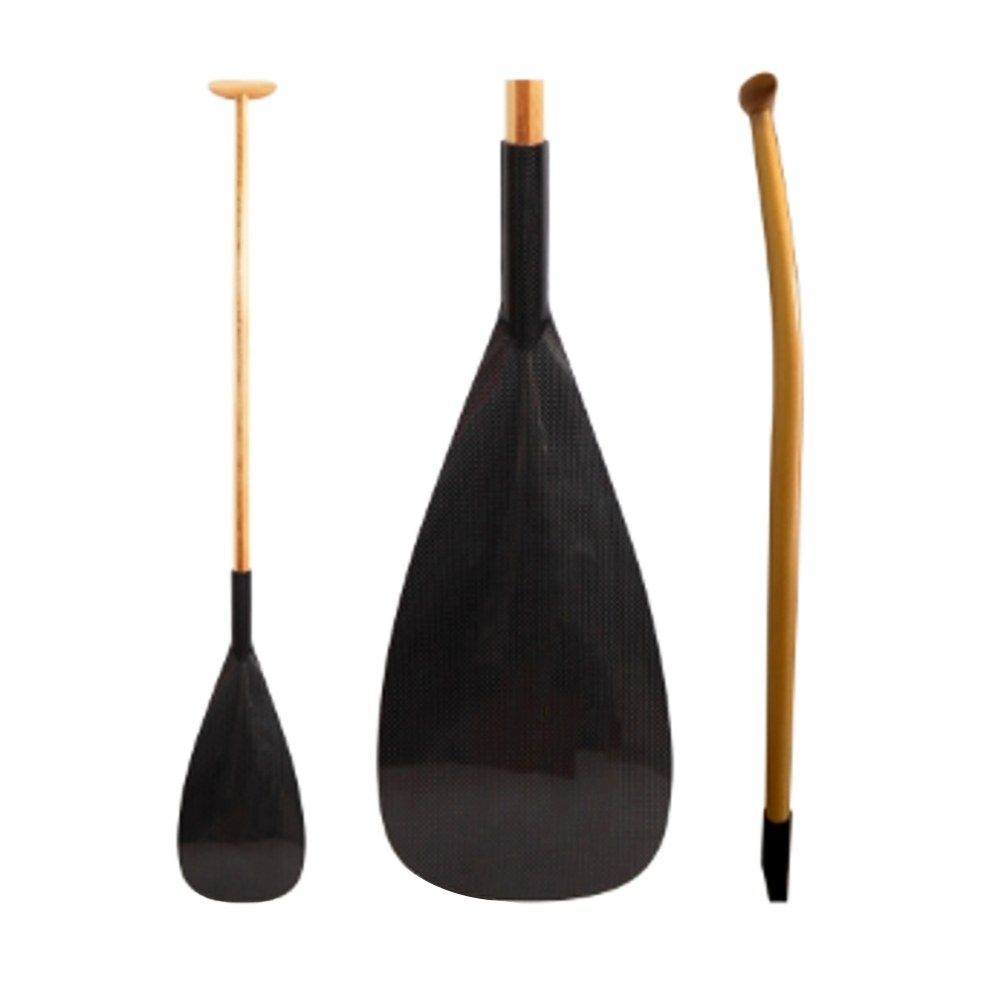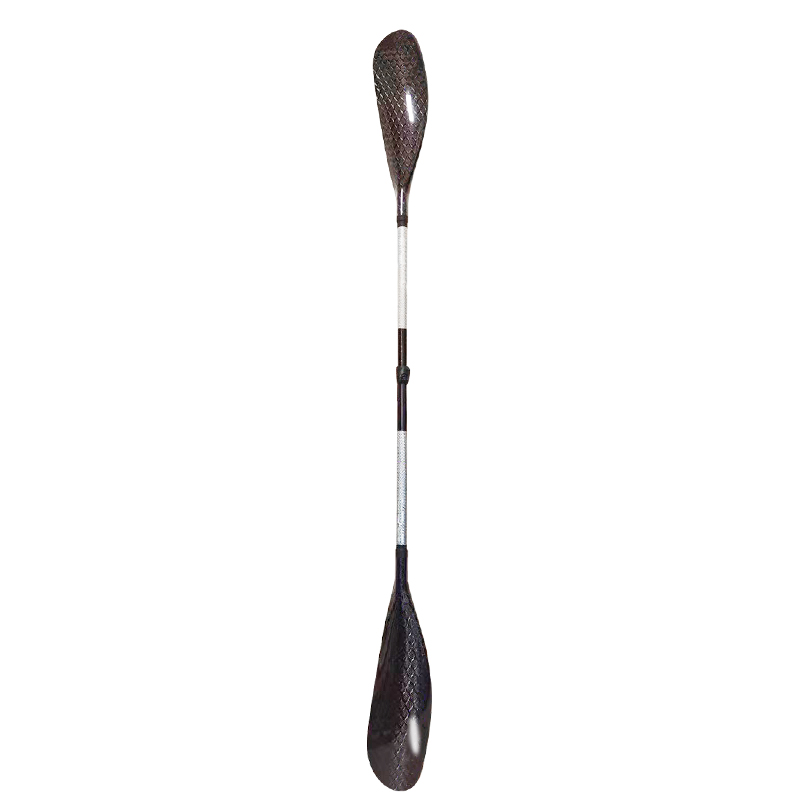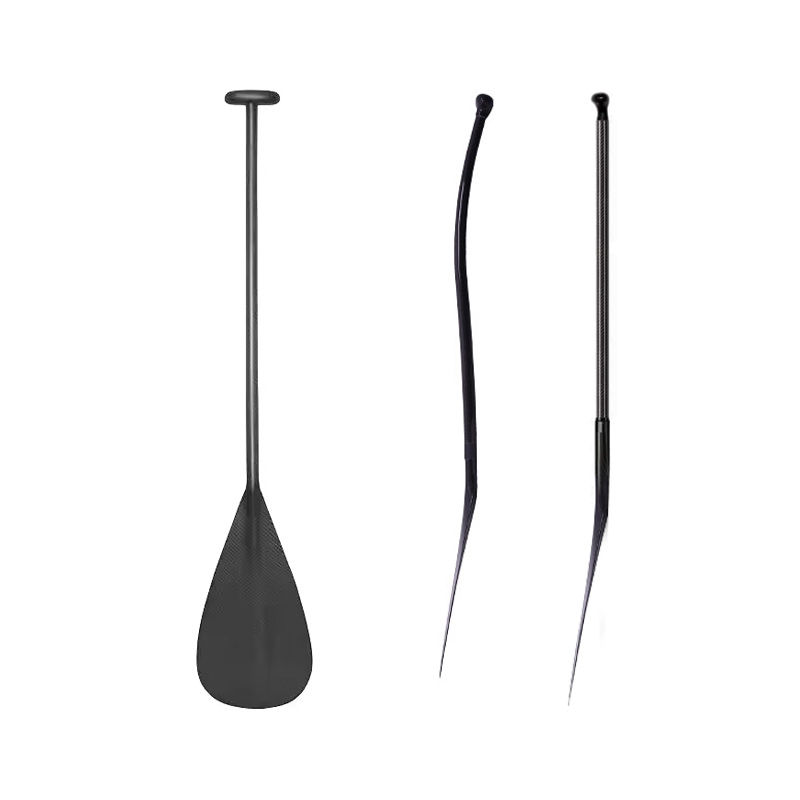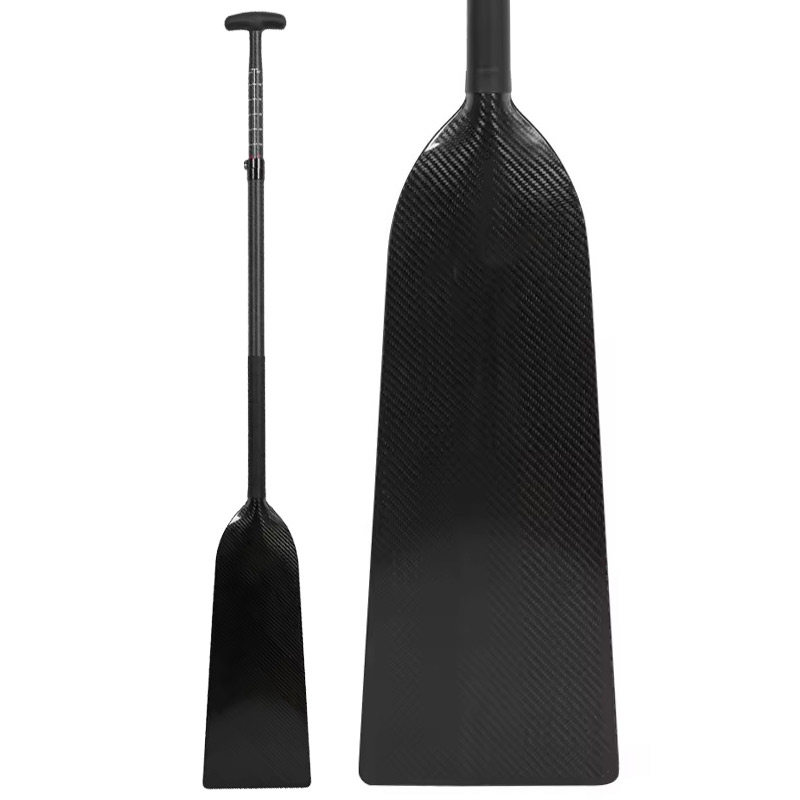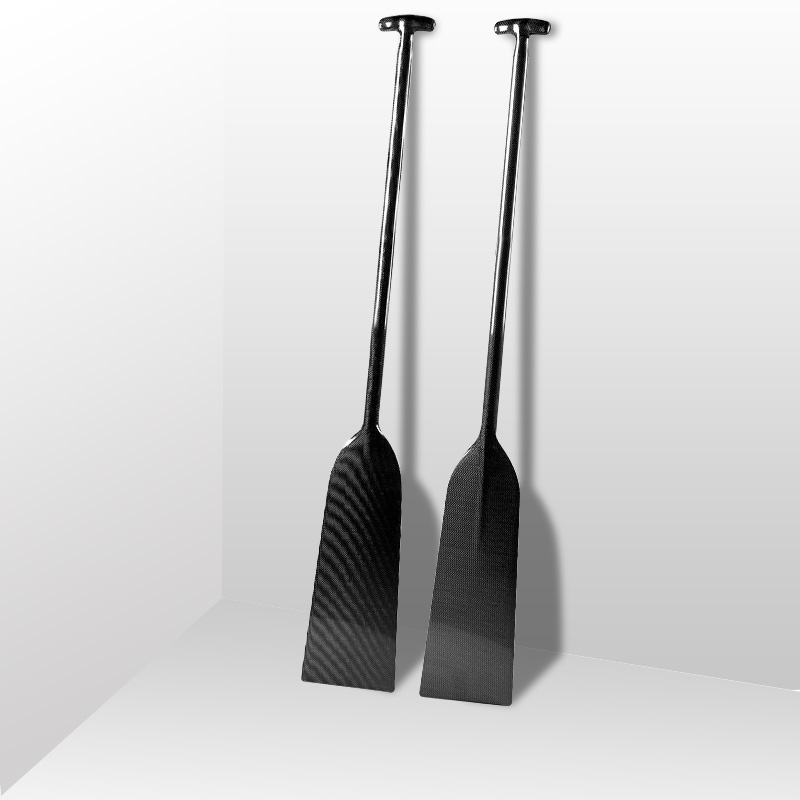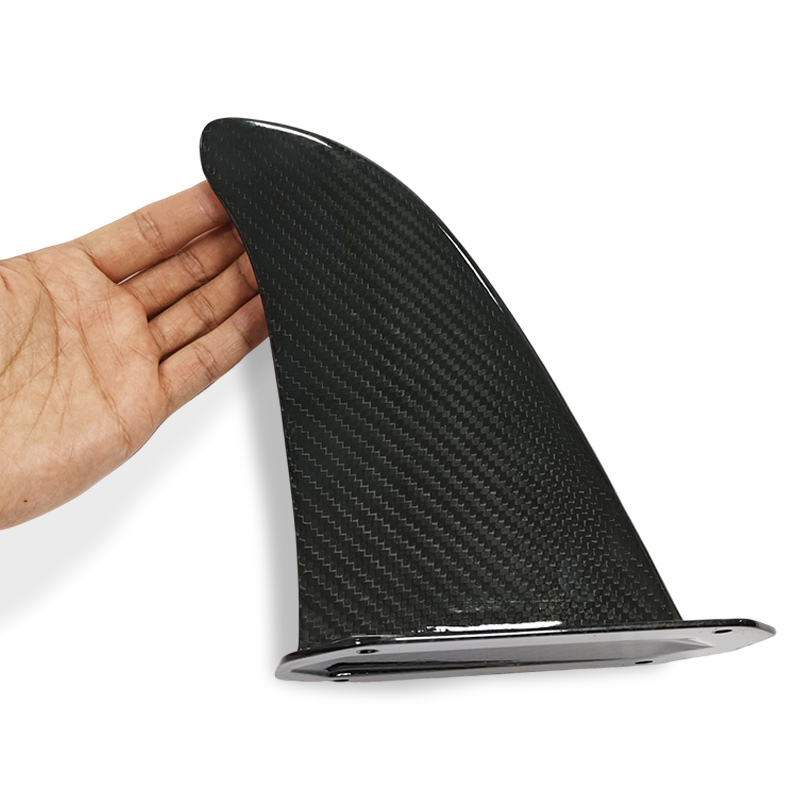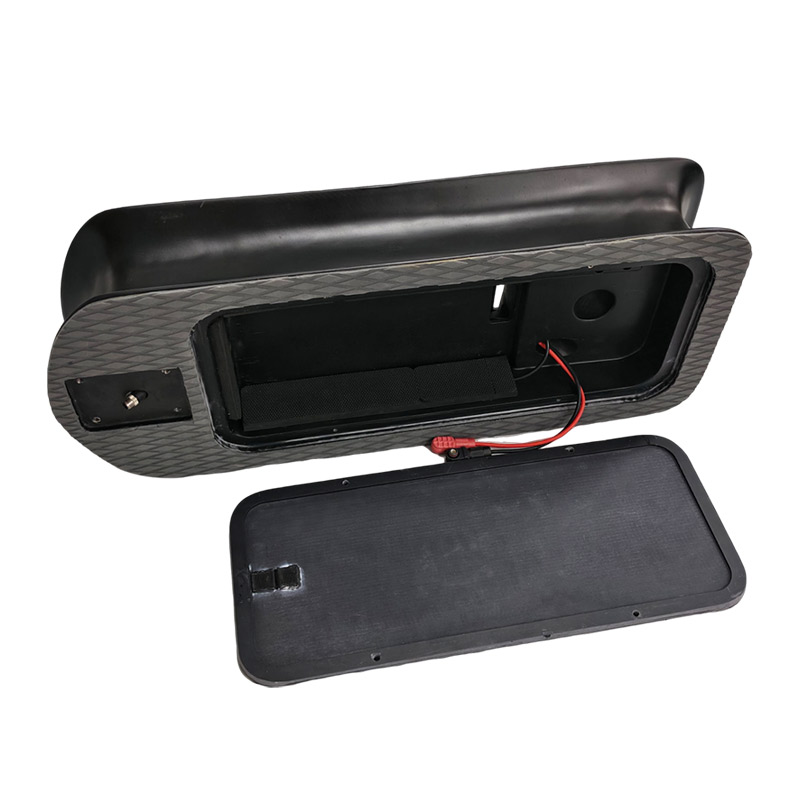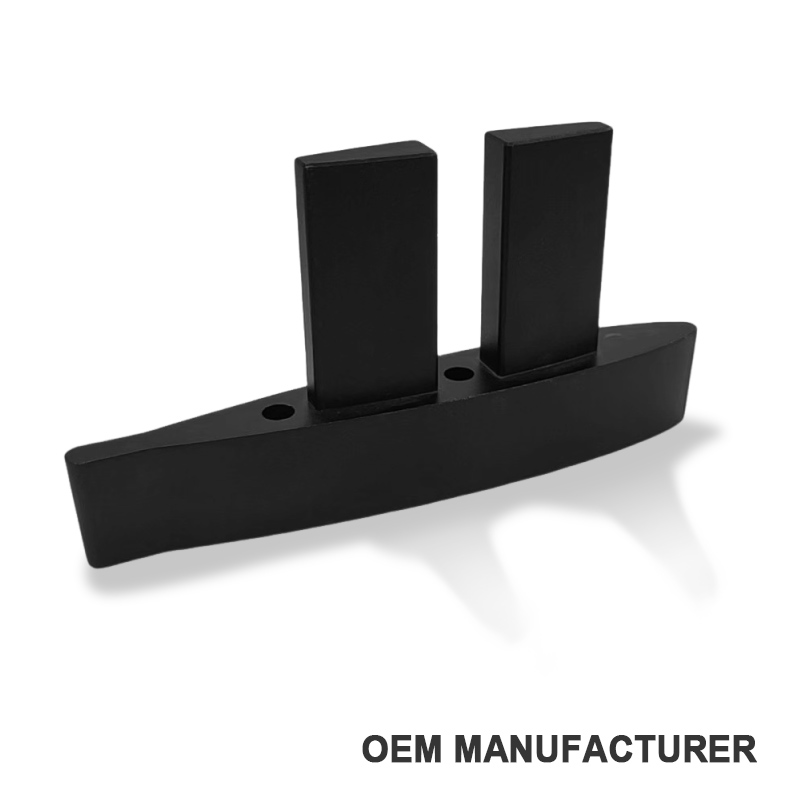Wing foiling is a relatively new and exciting water sport that combines elements of windsurfing, kite surfing, and stand-up paddleboarding. In wing foiling, riders use a handheld wing to harness the power of the wind and propel themselves across the water on a hydrofoil board. It gained popularity due to its unique and challenging nature, offering a dynamic way to enjoy the wind and water.
Yes, this is a very exciting sport that is worth it for every surfer to have a try. So, today we will write an article to help you to know more about it, and hope it will be helpful. And, if you need to buy the wingfoil hydrofoil and board, please click the link.
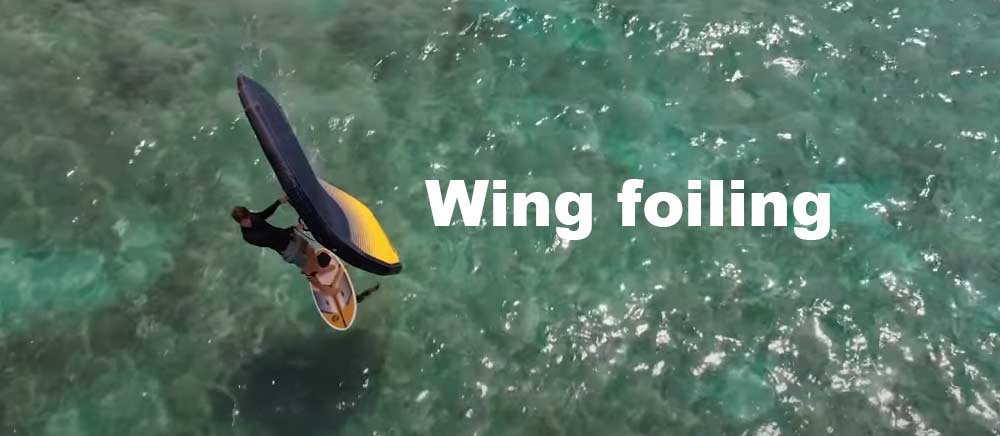
Is wing foiling difficult?
Generally, wing foiling can be considered a challenging water sport, especially for beginners, but the level of difficulty can vary depending on several factors as follows. As a beginner, we can start with these aspects to improve your skill level.
- Prior Experience: Individuals with experience in other water sports like kiteboarding, windsurfing, or stand-up paddleboarding may find it easier to pick up wing foiling due to the transferable skills, such as board balance and wind awareness.
- Balance and Coordination: Wing foiling requires good balance and coordination. Balancing on the hydrofoil board while handling the wing can be challenging, especially when starting.
- Wind Conditions: Wind conditions play a significant role in the difficulty of wing foiling. Learning in light to moderate winds can make the sport more accessible, while strong winds can make it more challenging, especially for beginners.
- Equipment: High-quality and well-matched equipment can make a significant difference in the ease of learning to wing foil. Using a stable and user-friendly hydrofoil board can help beginners progress more quickly.
- Training and Instruction: Taking lessons from a certified instructor can greatly accelerate the learning process and help beginners overcome challenges more effectively. Instructors can provide guidance on wing control, board balance, and safety.
- Practice and Persistence: Like any sport, wing foiling requires practice and perseverance. The more time you dedicate to practicing your skills, the more comfortable and confident you will become on the water.
While wing foiling can be challenging, many enthusiasts find it to be an exhilarating and rewarding sport. Once you gain proficiency and confidence, you can enjoy the sensation of gliding silently over the water while harnessing the wind’s power. If you’re interested in wing foiling, consider taking lessons, starting in favorable wind conditions, and practicing regularly to improve your skills and make the sport more enjoyable.
Equipment Overview
Before you embark on your wing foiling journey, it’s essential to familiarize yourself with the equipment you’ll be using. From the wing itself to the hydrofoil board and foil, each piece of gear plays a vital role in your wing foiling experience. This chapter will provide an overview of the equipment necessary for wing foiling, helping you make informed decisions when selecting your gear and ensuring that you are well-prepared for your adventures on the water.
- Wing: Get a suitable wing designed for wing foiling. Consider factors like your skill level, local wind conditions, and the size of the wing.
- Hydrofoil Board: Choose a stable and beginner-friendly hydrofoil board. These boards are often wider and more forgiving for those new to the sport.
- Foil: The foil includes a mast and wing-like foil that attaches to the bottom of the board. Start with a foil designed for beginners, as it’s easier to control and provides better stability.
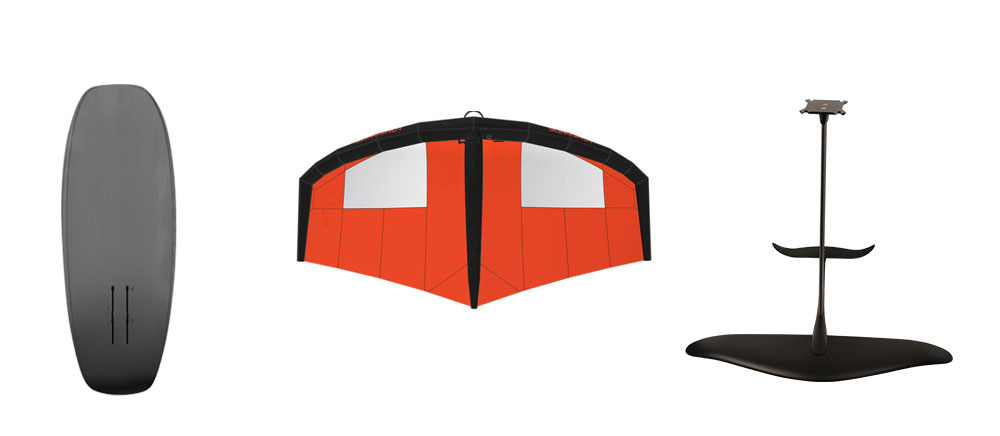
How to Start?
Although the wing foil surf is very cool, like any sport, it’s essential, to begin with the basics and build a strong foundation.
Taking Wing Foiling Lessons
Before you eagerly launch into your wing foiling adventure, consider the invaluable opportunity of taking lessons from a certified instructor. Whether you’re a complete beginner or have some experience in related water sports, a professional instructor can fast-track your learning journey. Here’s why lessons are beneficial:
- Fundamental Knowledge: Instructors will provide you with the essential knowledge required to get started. They will explain the dynamics of wing foiling, including wing handling, board balance, and safety precautions.
- Hands-On Guidance: Experienced instructors will guide you through the initial challenges of wing handling and balancing on the board. Their immediate feedback and corrections are instrumental in your progress.
- Safety First: Learning safety practices from the outset is crucial. Instructors will teach you how to handle the wing safely, respond to emergencies, and ensure your well-being on the water.
Safety Precautions
Safety is paramount in wing foiling. Before venturing out onto the water, familiarize yourself with these essential safety precautions:
- Wear a PFD: Always wear a Personal Flotation Device (PFD) to ensure your safety. A PFD will help keep you buoyant and provide a crucial layer of protection.
- Use a Leash: Attach a leash to the wing to prevent it from drifting away in case of a fall or loss of control.
- Wind Awareness: Understand the wind conditions in your chosen location. Be aware of wind direction, wind speed, and any potential gusts or shifts.
- Local Regulations: Respect local regulations and guidelines regarding water sports. Some areas may have restrictions or designated zones for wing foiling.
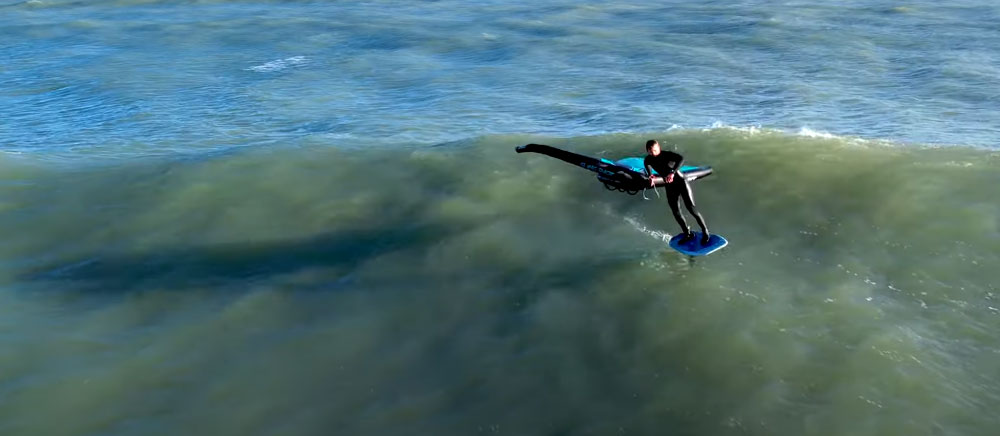
Balancing on the Board
Balancing on the hydrofoil board is a fundamental skill in wing foiling. It requires a combination of balance, body positioning, and control to maintain stability and make the most of your wing foiling experience. In this chapter, we’ll explore the techniques and strategies that will help you master the art of balancing on the board.
1. Balancing Techniques
Balancing on the hydrofoil board is all about finding equilibrium while riding above the water. Here are some techniques to improve your balance:
- Center of Gravity: Your center of gravity is key to maintaining balance. Keep your weight centered over the board, with a slight forward lean.
- Knee Bend: Slightly bend your knees to absorb the movements of the board and foil. This will help you stay connected and in control.
- Use Your Core: Engage your core muscles to stabilize your upper body and maintain balance. Strong core muscles are essential for control.
- Arm Position: Keep your arms relaxed and slightly bent, as overly stiff arms can affect your balance. Use your arms for wing control.
2. Body Positioning
Proper body positioning is crucial for maintaining balance and control. Here’s what you should consider:
- Feet Placement: Position your feet parallel to each other and shoulder-width apart on the board. Keep them centered along the board’s length.
- Forward Stance: Adopt a slightly forward stance by leaning your upper body toward the front of the board. This allows you to harness the wing’s power efficiently.
- Look Ahead: Focus on where you’re heading and keep your gaze ahead. This helps with maintaining balance and navigating.
3. Controlling the Foil
Controlling the foil is a key aspect of balancing on the board. The foil responds to your movements, so understanding how to control it is vital:
- Foot Pressure: Shift your weight and apply foot pressure to control the foil’s lift and depth in the water. Forward pressure lifts the board, while rearward pressure lowers it.
- Glide and Lift: The foil can glide over the water or lift out of it. Learn to adjust your foot pressure to maintain a balance between these states.
- Small Movements: Use small, precise movements to control the foil. Quick, exaggerated movements can lead to instability.
- Practice Tacking and Jibing: Tacking (turning into the wind) and jibing (turning downwind) are maneuvers that involve controlling the foil. Practice these to enhance your foil control skills.
Wind Awareness
Wind awareness is a critical aspect of wing foiling. Understanding the wind’s direction, strength, and how to navigate in different wind conditions will empower you to make the most of your wing foiling experience. In this chapter, we’ll explore the dynamics of wind awareness and its importance in the sport.
1. Wind Direction and Strength
Understanding the direction and strength of the wind is fundamental for safe and enjoyable wing foiling:
- Wind Direction: The direction from which the wind is blowing is crucial. Wing foilers typically ride perpendicular to the wind, or at angles slightly upwind or downwind. Awareness of wind direction is essential for planning your course and maneuvers.
- Wind Strength: Wind strength can vary, and it affects your speed and overall experience. Learning to gauge the wind’s strength helps you choose the appropriate equipment and adjust your technique. Light winds may require a larger wing, while strong winds might call for a smaller one.
2. Navigating in Different Wind Conditions
Wing foiling can be enjoyed in various wind conditions. Here’s how to navigate and adapt in different scenarios:
- Light Winds: In light winds, it can be more challenging to generate the necessary power for foiling. To navigate in these conditions, make use of gusts and position yourself for maximum wind exposure. Consider a larger wing and focus on efficient technique.
- Moderate Winds: Moderate winds are ideal for many wing foilers. You can easily generate lift and control in these conditions. Navigate by staying perpendicular to the wind and enjoy the thrill of gliding.
- Strong Winds: Strong winds can be exhilarating but also demanding. Keep your body position slightly forward to balance the power of the wing. Prepare to depower the wing if needed and take extra precautions for safety.
3. Maximizing Wind Power
To fully maximize wind power, consider the following strategies:
- Wing Position: Adjust the angle of the wing to harness the wind effectively. Tilting the wing slightly forward increases lift and power, while a more upright wing decreases power.
- Gusts: Be aware of wind gusts, which can provide bursts of additional power. Use gusts to your advantage to increase speed and lift.
- Pumping the Wing: Learn how to pump the wing to generate additional lift. Pumping is a technique where you rapidly change the angle of the wing to create lift and maintain or increase speed.
- Tacking and Jibing: Mastering these maneuvers will help you navigate efficiently and maximize wind power. Tacking involves turning into the wind, while jibing involves turning downwind.
Wind awareness is a skill that develops over time with experience. As you become more attuned to the wind’s subtleties, you’ll gain the ability to make real-time adjustments, ride in various conditions, and savor the thrill of harnessing nature’s power. In the next chapter, we’ll delve into the specifics of launching the wing and getting started on the water.
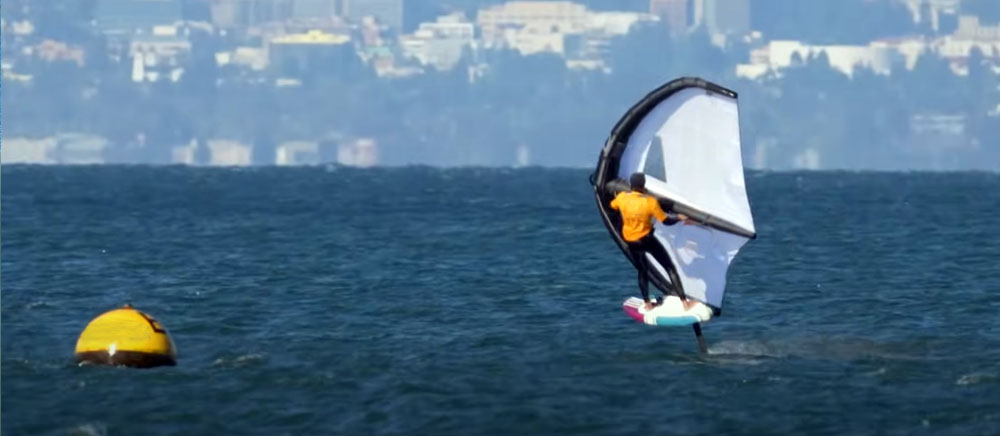
On the Water
In this chapter, we transition from the foundational aspects of wing foiling to practical techniques and maneuvers on the water. These skills will enable you to confidently launch the wing, paddle to catch the wind, move forward, and execute turns, marking the heart of your wing foiling experience.
1. Launching the Wing
Before you can take to the water, you need to learn how to launch the wing correctly. This phase involves preparing the wing for flight, getting into position, and ensuring a safe takeoff. We’ll cover the essential steps and best practices for a successful launch.
2. Paddling and Catching the Wind
Paddling with the wing and catching the wind are pivotal moments in wing foiling. Here, you’ll discover how to paddle efficiently while holding the wing, position yourself to catch the wind’s power, and begin your forward momentum. This section will provide the techniques needed to make these critical transitions.
3. Moving Forward and Turning
With the wing in hand and your board beneath you, it’s time to move forward and explore turning maneuvers. We’ll guide you through propelling yourself across the water and how to execute turns with confidence. As you gain proficiency in these movements, you’ll find that the essence of wing foiling comes to life.
Intermediate Techniques
This chapter delves into intermediate techniques that elevate your wing foiling skills to the next level. Building upon the foundational knowledge and maneuvers covered in previous chapters, we’ll explore more advanced skills and maneuvers.
1. Tacking and Jibing
Tacking and jibing are essential maneuvers in wing foiling. Tacking involves turning into the wind, while jibing is the counterpart, involving turning downwind. Mastering these maneuvers is key to effective navigation, allowing you to change direction smoothly and efficiently.
2. Riding Waves
Riding waves is a thrilling dimension of wing foiling. Learn how to harness the power of ocean or lake waves to propel yourself forward and execute exciting rides. Riding waves adds a dynamic and exhilarating element to your wing foiling experience.
3. Advanced Wing Handling
As you progress in wing foiling, your wing handling skills can become more sophisticated. In this section, we’ll explore advanced wing handling techniques that allow you to perform tricks, control the wing in various wind conditions, and continue refining your style.
These intermediate techniques will challenge and expand your skills, bringing a deeper level of enjoyment to your wing foiling adventures. With dedication and practice, you’ll find yourself pushing the boundaries of what you can achieve on the water. In the next chapter, we’ll delve into safety and etiquette, ensuring that you have the knowledge and awareness to maintain a secure and respectful wing foiling experience.
Conclusion
Congratulations on embarking on your wing foiling journey! As you’ve journeyed through this guide, you’ve acquired valuable insights into the art and science of wing foiling. It’s a sport that blends wind-driven exhilaration with serene gliding, offering an unparalleled connection to the elements.
The Joy of Wing Foiling
The joy of wing foiling lies in the harmonious dance between wind and water, the thrill of riding waves, and the mastery of maneuvers. Wing foiling allows you to soar above the water’s surface, giving you a unique perspective on the world beneath you. It’s a sport that rewards patience, practice, and an enduring love for adventure. Embrace the joy of wing foiling as you become one with the wind and water.
Continuing Your Wing Foiling Journey
Your journey in wing foiling has only just begun. As with any sport, mastery takes time and dedication. As you continue your wing foiling journey, consider these key points:
- Practice: Regular practice is the key to improvement. Continue refining your skills and exploring new techniques.
- Exploration: Discover new locations and embark on wing foiling adventures in diverse waterscapes. Every body of water offers a unique experience.
- Community: Engage with the wing foiling community, both locally and globally. Share your experiences, learn from others, and contribute to the growth of the sport.
- Safety: Always prioritize safety. Stay aware of local regulations and guidelines, and keep up to date with safety practices.
- Ecological Awareness: As you enjoy the beauty of the natural world, be a responsible steward of the environment. Respect the ecosystems you encounter and ensure they are preserved for generations to come.
References and Additional Resources
For further information and learning resources, refer to the references and additional resources provided at the end of this guide. Explore books, websites, forums, and courses that can help you deepen your understanding and refine your skills in wing foiling.
Your wing foiling journey is a continual adventure, filled with exhilarating moments and newfound expertise. As you continue to glide gracefully over the water, may you find fulfillment, excitement, and the unending joy of the wind and waves. We wish you blue skies, strong winds, and countless memorable wing foiling experiences. Safe and joyful foiling! For more surfing knowledge, welcome to click to see.

